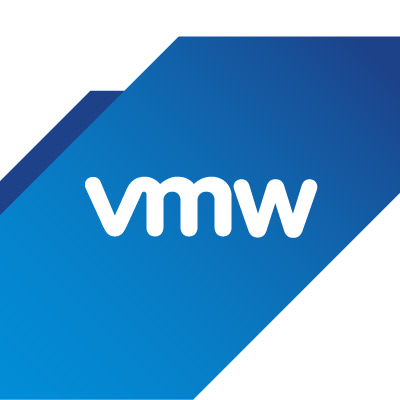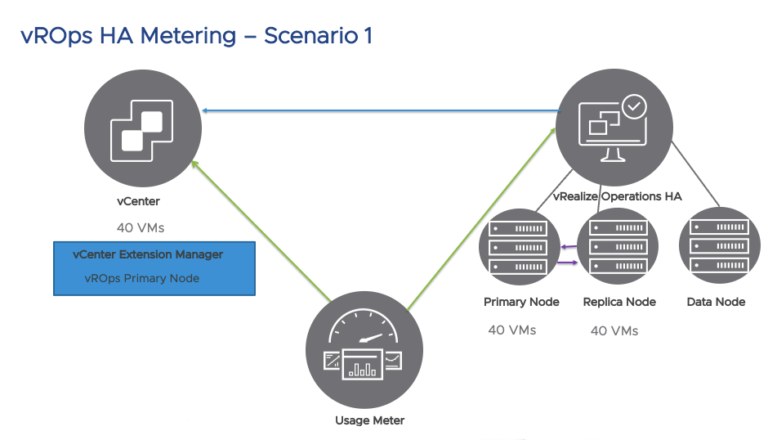
Introduction
Contents
SD-WAN is a highly-available, well-established, carrier class solution that facilitates on-demand, seamless and secure connectivity between any two points in a network. It is typically sold as a service with centralized, cloud-hosted orchestration and life-cycle management with zero touch deployment for rapid expansion of service footprint. SD-WAN is a disruptive technology that has the power to transform more than just branch connectivity. This article explores five compelling reasons for using an infrastructure-independent solution like SD-WAN to extend existing data-centers seamlessly to public cloud environments. SD-WAN addresses the typical challenges in hybrid cloud architectures such as secure connectivity between sites, inconsistent and incompatible networking features between sites, differences in configurations in multi-vendor environments, recognizing and prioritizing mission critical traffic and minimizing the cost of connectivity. SD-WAN is a mature technology and is well positioned to help customers streamline their digital transformation journey by seamlessly and securely connecting services, hosted on any data-center, on any cloud, using any available connectivity while enabling superior application performance with significantly reduced network complexity. These are the five compelling reasons to consider SD-WAN as the key enabler for hybrid / multi-clouds.
Separate orchestration
SDWAN helps with separation of WAN connectivity from the rest of the hybrid cloud deployment. It consistently addresses the unique requirements of WAN orchestration, deployment, automation and life cycle management across all platforms with different administrative authorities and multiple public and private clouds. SD-WAN offers total transparency into network operations to help isolate and troubleshoot issues with WAN connectivity. With application awareness, network transparency and regular measurement of KPI’s (Key Performance Indicators) across a WAN link, it is easier to identify the cause for service degradation and tell the difference between a service being overwhelmed and the WAN link being congested or compromised. Clear separation of WAN services also allows it to be sold as a managed service with guaranteed SLA’s (Service Level Agreements) and a predictable cost structure that helps consumers of the service focus on their core competency while outsourcing WAN connectivity to an established provider.
Consistent and optimal networking
With SD-WAN, there is consistency in configuration and available networking features across the hybrid cloud deployment. Overlay tunnels are established on demand and torn down after a period of inactivity to optimize use of network resources. There is also clear separation of management, control and data plane traffic that enhances overall security of the solution, enables multi-tenancy and advanced features like service insertion capabilities. Routing with SD-WAN is application aware and aligns with business intent. The most optimal link is chosen every time, based not just on destination addresses, but on a consistent business policy enforced across the cloud. Technologies like forward error correction, jitter buffering and packet deduplication are used to further enhance or maintain application performance, even with degraded WAN links.
Vendor independence
One of the key challenges of hybrid cloud deployment is the differences in technologies adopted at various sites that results in restrictions based on feature availability and incompatibilities across multiple vendor implementations. Most SD-WAN vendors have their edges available on public cloud marketplaces to allow for seamless connectivity to services hosted in virtual data centers on public clouds. These edges typically can coexist with network services in the data-center and use existing connectivity to build a secure overlay SD-WAN network that enables access to hosted services and have the power to seamlessly transform an VPC instance to yet another branch on an existing SD-WAN network. SD-WAN edges are qualified to run on white label hardware or can be run as software on available compute resources on any hypervisor and deploying an edge is non-disruptive to the existing network. All other components of a SD-WAN architecture are also vendor independent allowing them to be hosted on public cloud platforms or in on-premise data centers with available compute resources.
Application awareness
With application awareness, prioritization and guaranteed minimum bandwidth, the WAN is “invested” in service assurance across the hybrid cloud environment. SD-WAN recognizes and prioritizes mission critical applications across a multi-cloud environment and makes optimal use of available network resources to ensure service assurance. SD-WAN also has the ability to constantly monitor KPI’s (Key performance Indicators) for brownout detection and remediation. Application aware policies, defined once on a single orchestration platform, allow for consistent business policy and security enforcement across hybrid cloud deployments, independent of native cloud / platform capabilities.
Service footprint expansion
Public clouds offer varying features and capabilities and some of them are better suited for certain vertical markets or technologies such as IoT. Using SD-WAN for seamless and secure connectivity removes barriers and allows customers to expand data centers to take advantage of best of breed public cloud offerings. SD-WAN’s ability to use any connection is key to extend services to areas with limited services. Geographic presence is sometimes mandated for regulatory compliance and the ability to use any available connectivity without compromising services is another benefit of considering SD-WAN for hybrid cloud expansion. SD-WAN with its high availability, carrier class architecture facilitates easy insertion of already available cloud services like (UTM) unified threat management, so customers can easily benefit from domain expertise of well-established cloud services.






